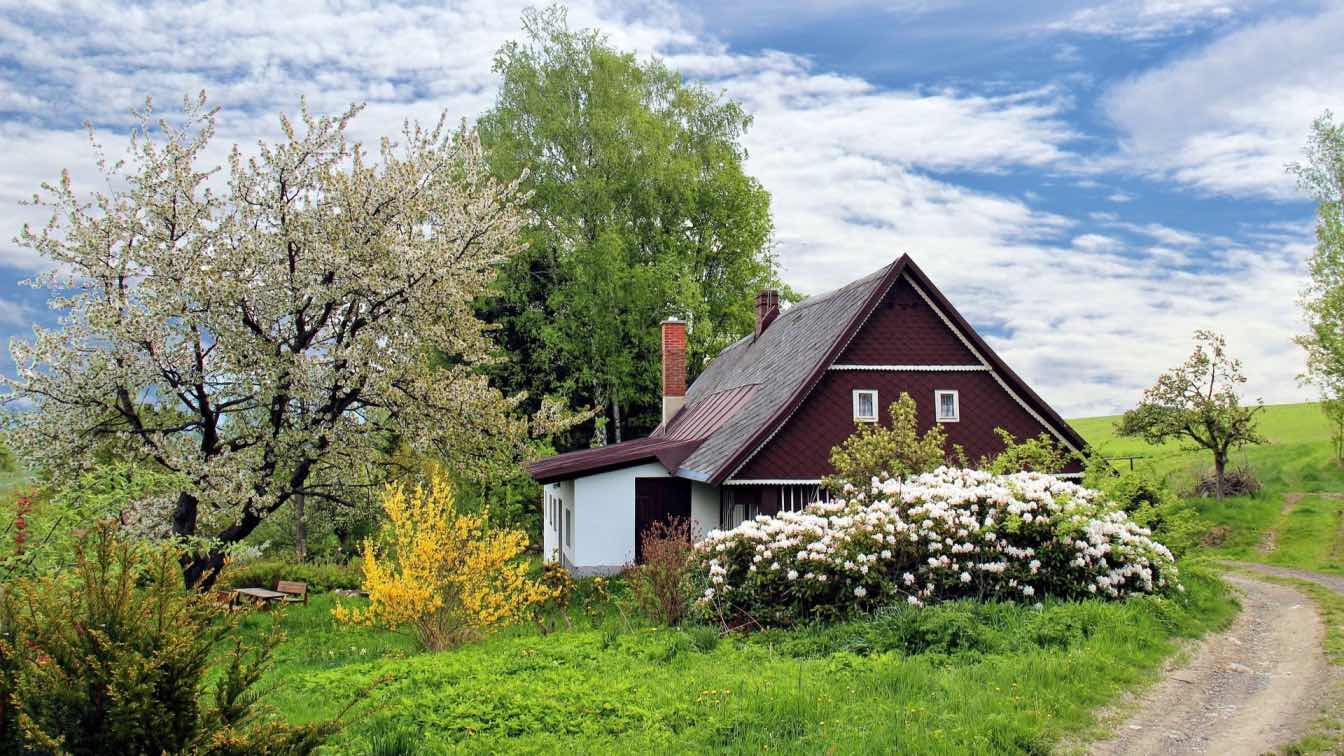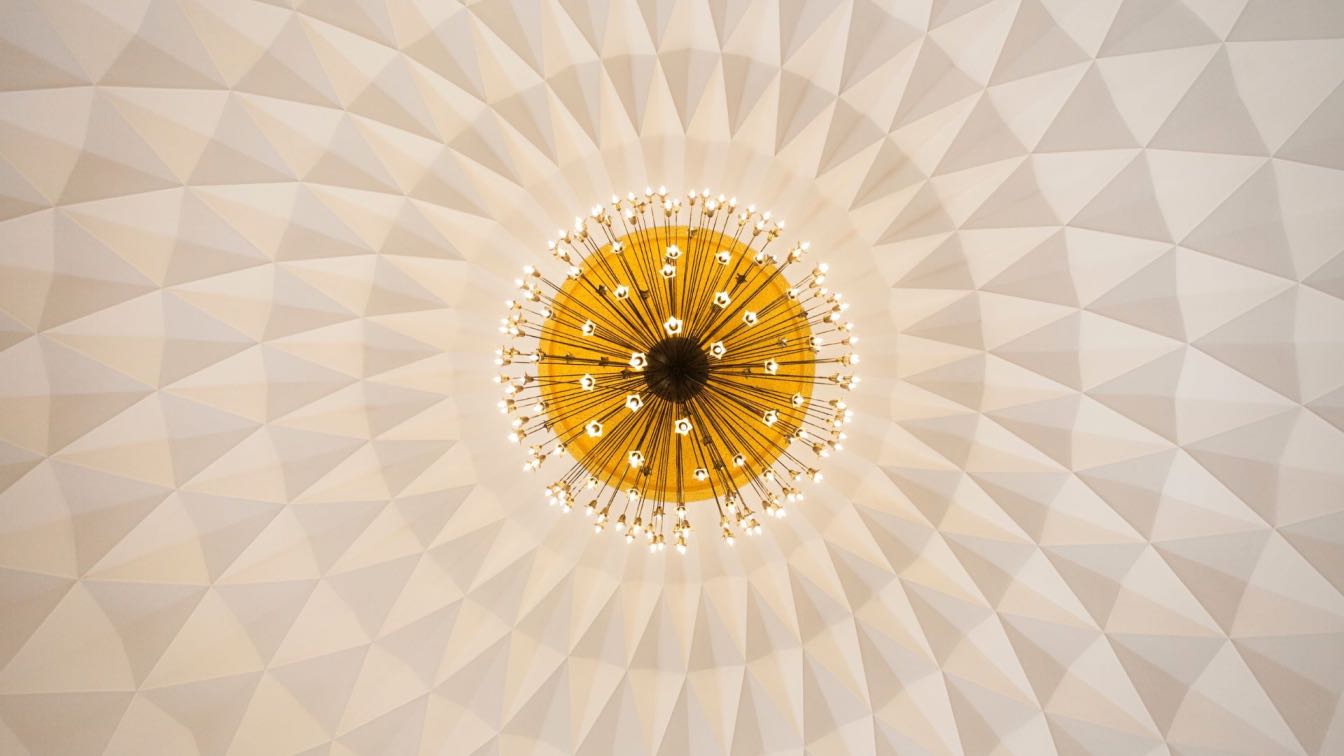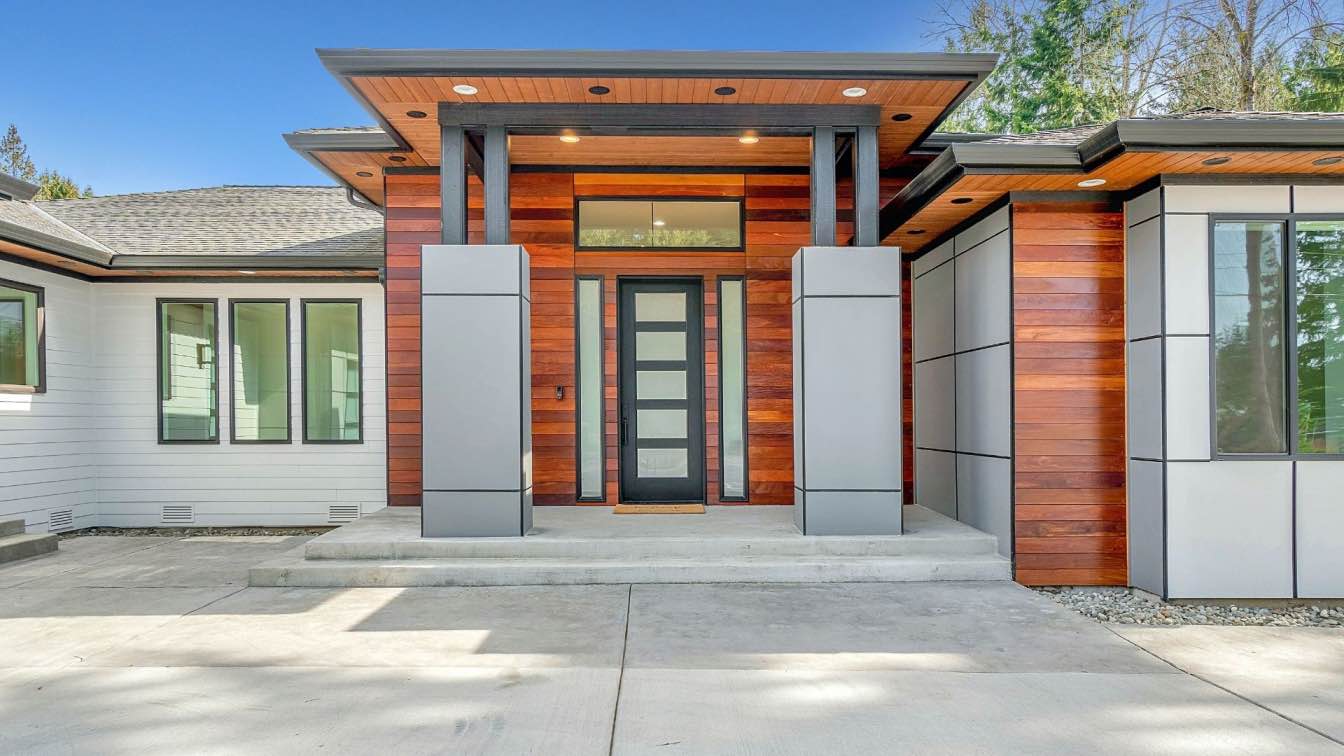One option when improving your home is to consider a sustainable landscape design. A sustainable landscape is an excellent way of beautifying your home and saving money. Additionally, you can connect to nature with grass and plants, which also helps reduce water usage. Therefore, you can explore the various eco-friendly solutions below if you plan to change your landscape. Let’s begin.
Use native plants
Aside from conserving water, native plants help improve your environment, create native wildlife habitat, and reduce noise and runoff. Before designing your landscape, it is essential to consider the type of native plants that will fit your site. This usually depends on your area's climate, moisture, and soil type. Native plants help reduce maintenance costs since they adapt to the local conditions and need little augmenting water.
A good way to use native plants in your landscape design is to integrate them into your sidewalks, backyards, and parks. Consider consulting with Verified outdoor services landscaping to know which plants best suit your home. Additionally, you can ask for plant recommendations that complement one another.
Consider solar lighting
Solar lighting is a good way to be environmentally friendly and reduce electricity bills. Additionally, it provides a warm accent that highlights landscaped areas. There are various types of solar lighting, such as path lights, post lights, and spotlights, which all use solar panels to convert sunlight to electricity.
The color and size of bulbs also affect your yard's overall ambiance. For example, smaller lights offer intimate feels, while clusters of lights highlight other features and draw attention to specific places like a door. Additionally, you can select from the various types of lighting style which can range from low to bright-profile. This type of lighting suits hard-to-reach areas such as gardens, gates, docks, and decks.
Consider natural surfaces and stones
Natural surfaces and stones are another environmentally friendly and cost-effective way of creating a beautiful outdoor space landscape. Natural stones come in various sizes, shapes, and colors. You can use them to create grilling areas, flower beds, steps, walkways and other landscape features. A good benefit of natural stones is that they are easily maintained, improve your home’s overall design, reduce plant stress, and offer shade in summer.
Based on your needs, you might either place the stones together or match and mix them to create a customized look. Natural surfaces and stones give your home a natural and unique look.
Permeable landscapes
Lawns might be green, but they are not always eco-friendly. Many turf grasses are non-native plants, meaning that they require pesticides and fertilizers. This is why many homeowners are converting their lawns to hardscapes. However, you should note that before considering pouring solid concrete over your front yard, a permeable landscape is more eco-friendly.
There are several reasons for this. Impervious surfaces like a driveway or concrete patio stop water from entering the ground. Therefore, the water splashes off the surface of the hardscape adding to runoff. Permeable hardscape surfaces allow the soil underneath to absorb water.
Instead of the water rolling off the surface and resulting in pollution, it is absorbed by the ground. Some examples of permeable hardscape include pervious concrete, river rock, pea gravel, permeable interlocking concrete pavers, porous asphalt, and river rock.
Stormwater management
Landscape designers might recommend a bioswale or rain garden to help reduce stormwater runoff. Bioswale or rain garden involves the use of plants or flowers that are automatically watered, captured, and filtered stormwater.
These design elements help slow down the movement of water, clean it, and ensure it stays out of the overburdened sewer systems through onsite draining, deep-watering trees, etc. Additionally, amending your garden so it can take in and retain more water also prevents erosion and runoff.
Consider a vertical garden
If you have a small yard but intend to grow a garden, then consider a vertical garden. Vertical gardens help clean the air you breathe, save space, and are an excellent sustainable addition to your home.
You can add a vertical garden to your home in several ways to create a sustainable landscape. First, surround the vertical garden with a fence. Hang garden pots or plants on a chicken wire wall, then build a living wall. Finally, use stacked crates to create the vertical garden.
Endnote
Sustainable landscaping is more than building an environmentally friendly outdoor space. It also involves creating a harmonious relationship between your home and nature. Using the right mix of permeable hardscapes, native plants, water-saving techniques, and solar-powered lighting, you can create a beautiful home that adds to a greener future.





